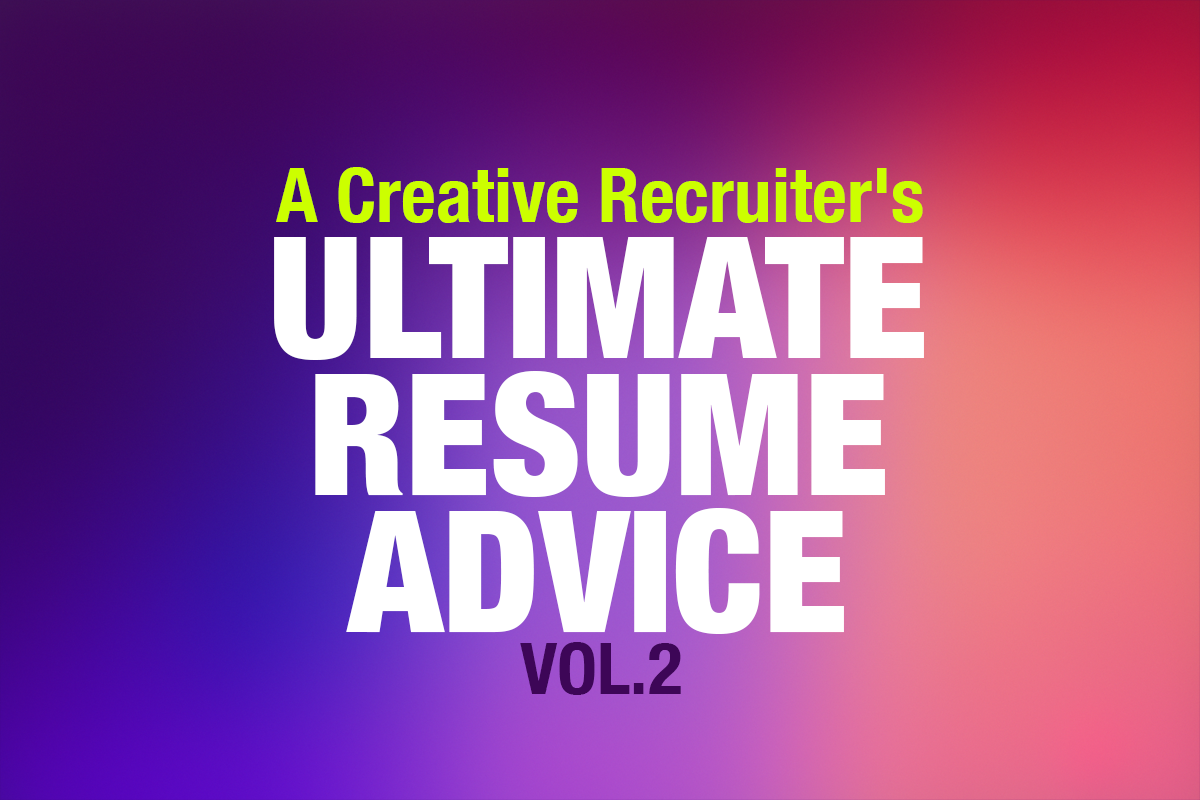In a recent Communications Collaborative LinkedIn survey, we asked job seekers, “What part of job hunting do you find most challenging?”
Resume writing rose to the top.
While resume writing is understandably daunting, there is a formula for creating a tailored, well-written resume. Here’s how:
A strong resume begins with a structured format:
-Use a simple layout with title headers and a clear font. (Don’t use Times New Roman unless you are an accountant.)
-Start with a skills section to highlight relevant expertise, followed by education if you are a recent grad. (If you have professional experience, place education last.)
-Introduce prior roles as “Professional Experience” rather than “Work Experience” for a more polished presentation.
-At the top of your resume, provide a professional summary that clearly outlines your strengths and career goals instead of a vague “objectives” statement.
-The top third of your resume will be given the most attention, so take advantage of it by including the most important information about you in this section.
Use relevant language:
-Review job descriptions where you meet at least 70-80% of the qualifications and highlight key phrases, skills, and industry-specific terminology.
-Incorporate these phrases into your resume while maintaining honesty and accuracy.
-Online tools such as Jobscan can help match your resume to a job description—if your resume scores below 80%, it may not pass initial screenings.
Highlight recent achievements:
-Your most recent experience should be detailed and emphasize key accomplishments.
-Remove details from past roles that do not support your current career goals or lack relevance.
-As a general rule, avoid going back further than 10-15 years.
-When structuring bullet points, keep them concise, with four to five per role.
-Resume length should be limited to one page for junior professionals and a maximum of two pages for senior-level job seekers.
Here’s what to leave off your resume:
-Photos. Leave that to LinkedIn.
-“References available upon request.”
-Your references’ names and contact information.
-Typos. Have at least three trusted grammar pros review your resume.
Here’s what you should include:
-Your full contact information. City and state, phone, email address, and if applicable, online portfolio link.
-Professional summary. This acts as the anchor to your resume and provides more of an opportunity to explain why you’re the right fit for a job.
-Employment dates. Months are not required but years are.
-Quantifiable information. Use specific numbers and data points such as sales figures, money saved, number of products sold, etc. This provides concrete proof that you can do what your resume says you can.
If you’re in the marketing and creative space and would like to discuss your resume or job search, please reach out.

